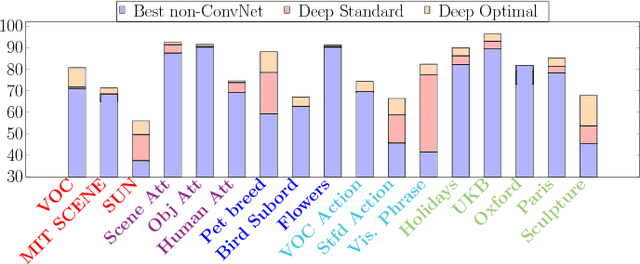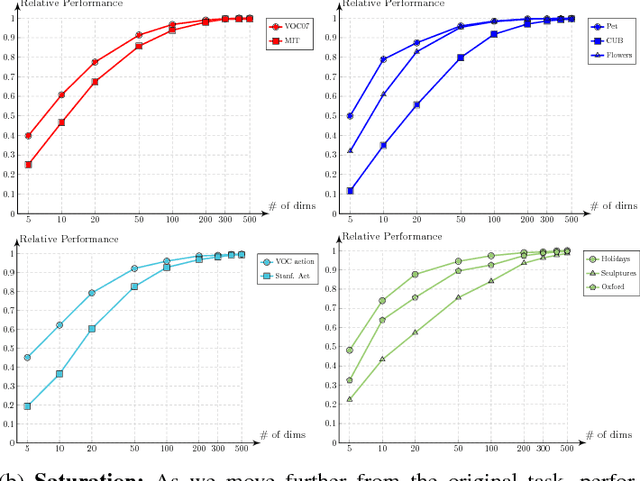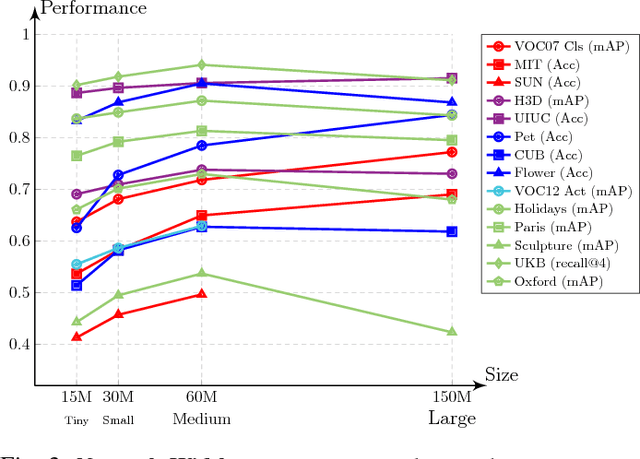Factors of Transferability for a Generic ConvNet Representation
Paper and Code
Jul 15, 2015



Evidence is mounting that Convolutional Networks (ConvNets) are the most effective representation learning method for visual recognition tasks. In the common scenario, a ConvNet is trained on a large labeled dataset (source) and the feed-forward units activation of the trained network, at a certain layer of the network, is used as a generic representation of an input image for a task with relatively smaller training set (target). Recent studies have shown this form of representation transfer to be suitable for a wide range of target visual recognition tasks. This paper introduces and investigates several factors affecting the transferability of such representations. It includes parameters for training of the source ConvNet such as its architecture, distribution of the training data, etc. and also the parameters of feature extraction such as layer of the trained ConvNet, dimensionality reduction, etc. Then, by optimizing these factors, we show that significant improvements can be achieved on various (17) visual recognition tasks. We further show that these visual recognition tasks can be categorically ordered based on their distance from the source task such that a correlation between the performance of tasks and their distance from the source task w.r.t. the proposed factors is observed.
 Add to Chrome
Add to Chrome Add to Firefox
Add to Firefox Add to Edge
Add to Edge